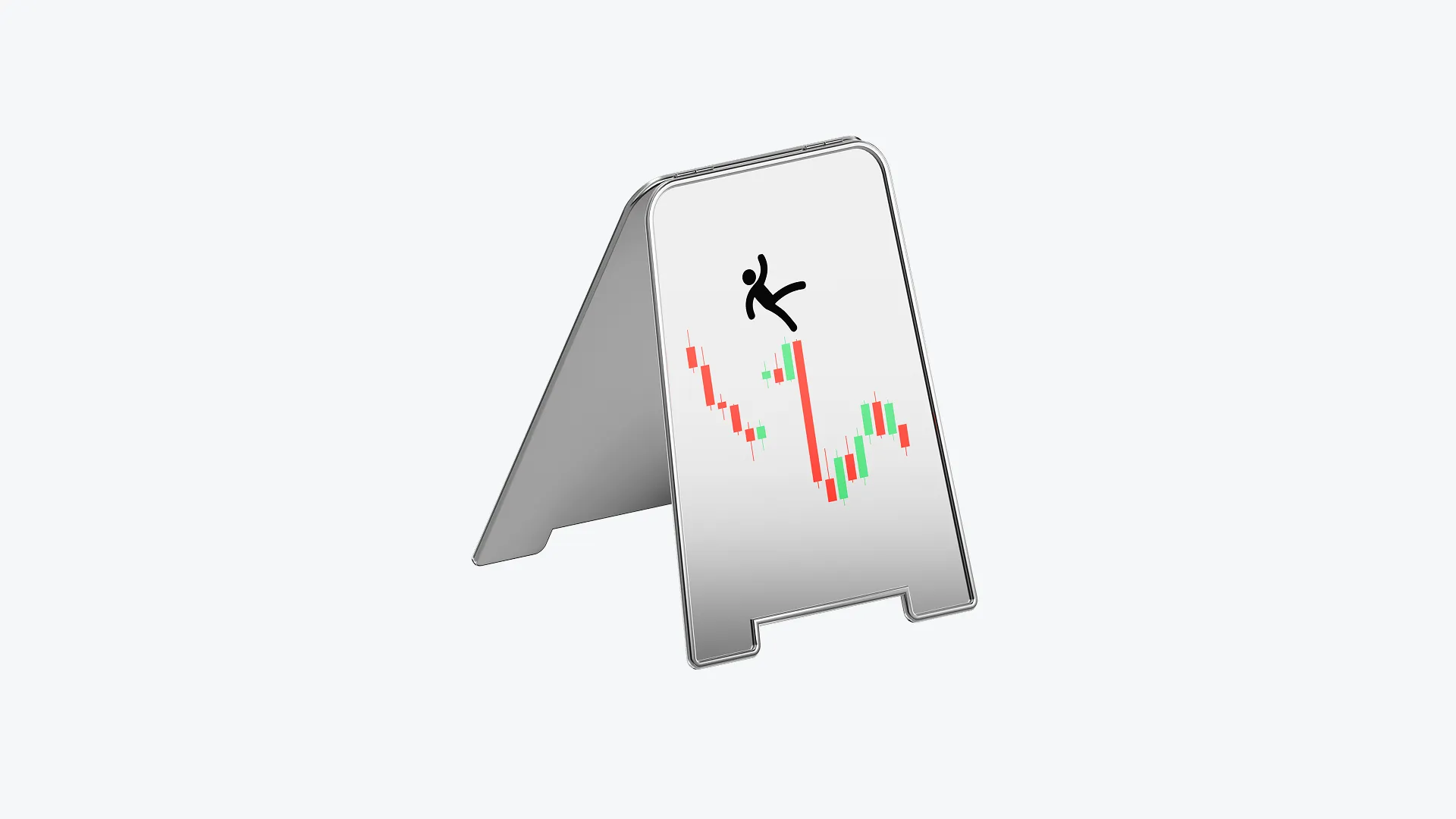
Introduction: The price you see isn’t always the price you get
You click ‘buy’, the market flashes, and the trade goes through. But wait. The price is slightly off from what you expected. Sound familiar? That difference is known as slippage, and it’s something all traders encounter at some point. The good news? It's not always bad. The key is understanding what it is, when it happens, and how to manage it.
What is slippage?
Slippage occurs when there’s a difference between the price you intend to execute at and the price your order is actually filled at. It’s not inherently positive or negative. It’s simply a shift that happens in fast-moving or thinly traded markets.
There are three types:
- Positive slippage: You get a better price than expected.
- No slippage: Your order is filled at exactly the price you wanted.
- Negative slippage: You get a worse price than expected.
How does slippage work?
When you place a trade, your broker sends that order to the exchange to be filled at the best available price. If prices change in the brief moment between you clicking and the trade executing, slippage occurs.
Why it happens:
- Rapid price movement: Market prices can shift in milliseconds.
- Order type: Market orders are particularly vulnerable because they prioritise speed over price precision.
- Bid/ask spread movement: If the spread suddenly widens — as it often does in volatile moments - you may be filled at a different level than anticipated.
Example of slippage
Let’s say you’re trading shares of Tesla, and you see a buy price listed at £720.00. You place a market order to buy 50 shares. But before your order is executed, a burst of buying activity pushes the price up to £722.50.
Result? Your trade gets filled at £722.50 - costing you £2.50 more per share than expected. That’s negative slippage.
Flip the script, and if the price drops to £717.50 while your order is being processed, congratulations! You’ve just landed positive slippage.
Market orders vs limit orders
- Market orders: Fast but imprecise. You’ll get the best available price now - which could be better, worse, or bang on target.
- Limit orders: Precise but not guaranteed. You set your preferred price, and the trade will only execute if that price (or better) is available. This avoids negative slippage but also risks missing the trade entirely if price moves away quickly.
Volatility and liquidity: The slippage duo
Slippage tends to rear its head in certain market conditions:
- High volatility: News announcements, earnings reports, central bank decisions. These can all cause rapid price changes, making slippage more likely.
- Low liquidity: When there aren’t enough buyers or sellers at a given level, your order may be filled at the next available price, especially true in after-hours trading or with lesser-traded assets.
How to avoid or minimise slippage
While you can’t avoid it 100%, here’s how to keep it in check:
- Use limit orders to control your entry and exit prices.
- Trade during peak hours when liquidity is high. For forex, this means the London/New York overlap; for stocks, it’s during the first and last hours of the trading day.
- Avoid trading during major economic news releases unless you have a solid strategy and can handle the risk.
- Use slippage tolerance settings (if your platform allows) to specify how much price movement you’re willing to accept.
Pros and cons of slippage
When it works in your favour
- You can accidentally enter or exit at a better price than you planned - especially in fast-moving markets.
- It’s a realistic reflection of market behaviour, especially in high-speed electronic trading environments.
The risks
- Frequent negative slippage can quietly eat away at your potential profits.
- It can disrupt automated strategies that rely on exact pricing.
- In volatile conditions, it can widen your risk beyond what you initially planned.
Slippage isn’t evil. It’s just real.
Slippage is a natural part of live market trading. It’s not always a problem, but it can become one if you’re not prepared. By understanding what causes it and taking steps to minimise it, you stay in control.
Quick recap:
- Slippage = difference between expected and actual execution price.
- Market orders are more vulnerable than limit orders.
- Volatility and low liquidity increase slippage risk.
Use smart order types and trade at liquid times to reduce its impact.
Quiz
Which of the following statements about slippage is correct?










